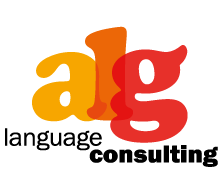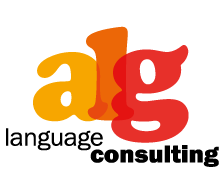The translation of marketing content is a challenging task as it requires not only thorough understanding of the original message but also in-depth knowledge of the culture of the target audience. This is the only way to ensure that the author’s original message is conveyed.
In today’s article we explain the features of this type of translation.
Translation of marketing texts: how we do it
Firstly, it is essential to know the culture and traditions of the target audience. This can involve researching specific terms or phrases that may not have a direct equivalent in the original language. Often, marketing texts contain puns, idioms or expressions typical of a certain country that have to be conveyed in the target language. This can be tricky.
Take for example translation of the expression “Black Friday” into the language of a country where this tradition does not exist. In this case, for example in Italy where the phenomenon has spread in recent years, the English term is now commonly used. No-one would dream of saying “venerdì nero” which would make no sense and would conjure up some sort of sinister event.
Adapting the tone
Tone is another fundamental factor that has to be adapted to the context when translating marketing content.
This process, in particular, can involve the use of formal or informal style depending on the culture and language of the target audience, as well as their age and education.
A further element not to be overlooked is adaptation of the colours and images used in the message so that they are in keeping with the cultural preferences of the target audience.
Adapting the language
It is also important to consider the language used in the marketing message. For example, if the target is a Spanish-speaking audience, it is not enough to simply translate the message, it has to be adapted specifically to the target country, taking account of the numerous differences existing between the various Spanish-speaking countries, in terms of both language and culture.
This is where localization comes into play, in other words adaptation of the target text to ensure that it reads like a text written originally in the target language and not like a translation. The text must be clear and comprehensible to the reader, for example the most appropriate date format should be used and measurements converted if necessary. This will ensure coherence with the target language.
Localization can also include adaptation of the products and services offered to meet the specific needs of the target audience.
Lastly, it is important to consider quality when translating marketing content. The quality of the translation can affect perception of the brand by the target audience and the company’s ability to compete effectively in a global market.
It is therefore important to employ professional translating services, able to guarantee maximum quality in the translation of marketing content.



